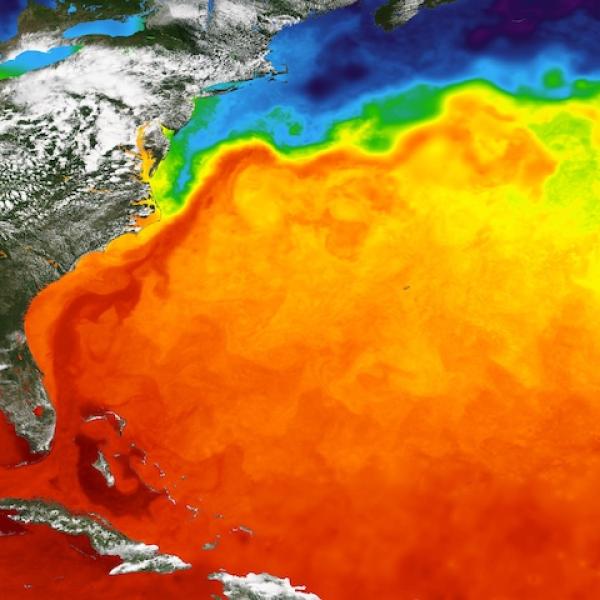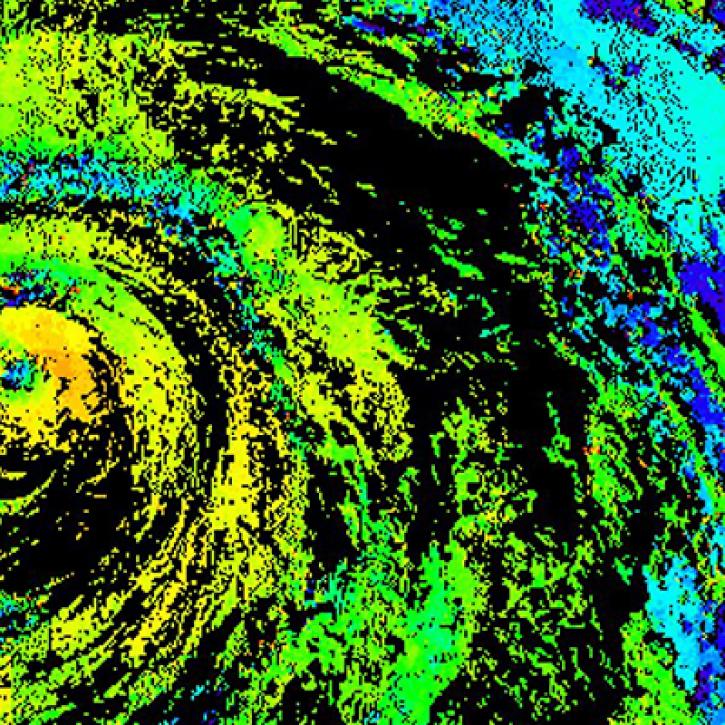Access a range of datasets and data tools to further your sea surface temperature research.
Ocean surface temperature (SST) can range from 28F near the North and South poles to more than 86F in the tropics. SST measurements provide details on ocean processes and dynamics, and can indicate the location of ocean features including fronts and eddies as well as highlight coastal upwelling and exchanges between the coastal shelf and open ocean.
SST can directly affect weather systems. For example, warm ocean waters can spawn and intensify tropical storms, hurricanes, and typhoons. Similarly, SST influences climate patterns, such as through the development of warmer water El Niño and cool-water La Niña seasonal weather events that strongly correlate with temperatures and precipitation amounts during North American winters.
SST also is a factor in how healthy ocean environments are for animal and plant life. If temperatures are too warm, they can spawn toxic algal blooms or lead to fish kills and coral bleaching events.
How is Ocean Temperature Measured?
SST can be measured by satellite instrument observations, buoys, ocean gliders, drifters, mooring, ships or from the shoreline. Depending on the method, temperature measurements range in depth from 10 microns up to approximately 15 feet.
NASA’s data archives house current and historical measurements from virtually all of these methods, many in analysis-ready formats and available in the cloud.
Learn How to Use Sea Surface Temperature Data




Join Our Community of NASA Data Users
While NASA data are openly available without restriction, an Earthdata Login is required to download data and to use some tools with full functionality.
Learn About the Benefits of Earthdata LoginFrequently Asked Questions
Earthdata Forum
Our online forum provides a space for users to browse thousands of FAQs about research needs, data, and data applications. You can also submit new questions for our experts to answer.
Submit Questions to Earthdata Forumand View Expert Responses